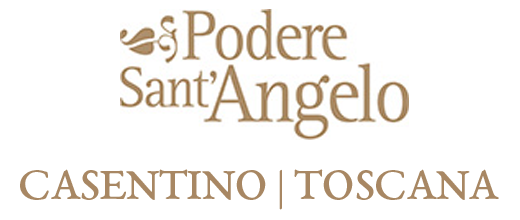









A holiday in the heart of the Casentino countryside
- Sant’Angelo holding, a holiday in the heart of the Casentino countryside
- The Casentino
- Gastronomy and typical products
- Arezzo, a few kilometers from our farm holidays in Casentino
- Bibbiena
- Cortona, in Casentino closer the farm holidays
- Florence
- Poppi
- Siena
Arezzo, a few kilometers from our farm holidays in Casentino
Relaxing holidays on a agritourism and country hotel with spa in Bibbiena, Arezzo, Tuscany
Situated in Tuscany, at the center of a triangle formed by Florence, Siena and Perugia, Arezzo is a tranquil and industrious city of about 100,000 inhabitants, proud of its past while reveling in its current status as "the city of gold". I
t was the birthplace to Mecenate, Guittone, Petrarca, Giorgio Vasari, and Pietro Aretino, it was one of the 12 capitals of the Etruscan empire, making it a powerful and rich ally to the Romans and during the first part of the Middle Ages it was an episcopal center of great renown and then finally a free township in constant struggle with its neighbors for supremacy and power over central Italy.
It was at this time that its prestigious University came about, noted for its practice of stilus altus and for its Law professors. And it was in this context that many great poets, famous scientists, and artists of superior level came to be.
During the struggles between the Papacy and the Empire, after the defeat of Campaldino in 1289, Ghibellina's ambitions underwent a rash reorganization and it was only by the Lordship of the bishop-count Guido Tarlati that he was able to gain back his prestige and power.
Nevertheless, the bishop's death and the defeat of the Ghibellini's in Italy, carried Arezzo to its final decline. So the city in 1384 was ceded for 30,000 fiorini's (antique Florentine monetary units), to Florence and continued to be so until the union of Italy.
Here one can admire the absolute masterpieces like the incredibly rare attic vase detailed with red figures known as the "Vase of Euphronios" (from 500 B.C.- Archaeological Museum), the alterpiece with the Maddona and Saints by Pietro Lorenzetti (from 1320- Santa Maria della Pieve), the wooden crucifix of Cimabue and the celebrated series of "La Leggenda della Vera Croce" (The Legend of the True Cross) frescoes painted by Piero della Francesca.
Monuments of great beauty and interest are as follows: the church of Santa Maria della Pieve, one of the most beautiful roman examples of architecture of Aretino and Tuscany combined, the Piazza Grande, an authentic casket that holds ancient masterpieces of diverse styles, the Cattedrale, the gothic church San Francesco and San Domenico, and the renaissance churches of the Santissima Annunziata and Santa Maria in Gradi.
A must see, also is the Abbey of Santa Flora and Santa Lucilla, where one will find an exceptional feint dome by Andrea Pozzo and the church of Santa Maria delle Grazie with its proto-renascimental piece by Benedetto da Maiano.
But to grasp the true essence of the city it would be wise to visit the quarters of Crucifera gate, said by Colcitrone to be a true mystery of Etruscan Roman and medieval affirmation, where the ancient nobiliary palaces and imposing house towers shoot up into the sky.
For the curious and passionate, there's the Pozzo (Well) of Tofano positioned in front of the birth home of Francesco Petrarca and mentioned in the Decamerone di Boccaccio (short story 4, day 7).
Important events are the Giostra of Saracino (reenactments of medieval contests and battles), the monthly Antique Fair held on the first Saturday and Sunday of each month, the Concorso Polifonico and the Mostra (exhibition) Internazionale dell'Oreficeria Aretina.
Photogallery for a relaxing holiday in the Tuscan countryside
Relaxing holidays on a agritourism and country hotel with spa in Bibbiena, Arezzo, Tuscany
Arezzo
Request availability and receive the best offer for your stay in 2025








 GPS COORDINATES
GPS COORDINATES +39.0575.561912
+39.0575.561912 +39.393.5181747
+39.393.5181747  agriturismo@poderesantangelo.it
agriturismo@poderesantangelo.it